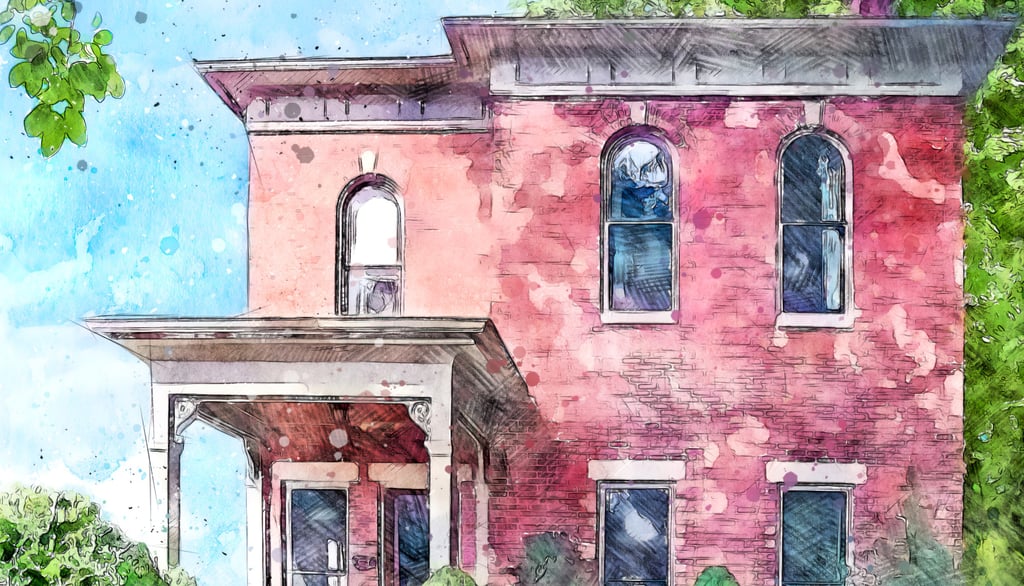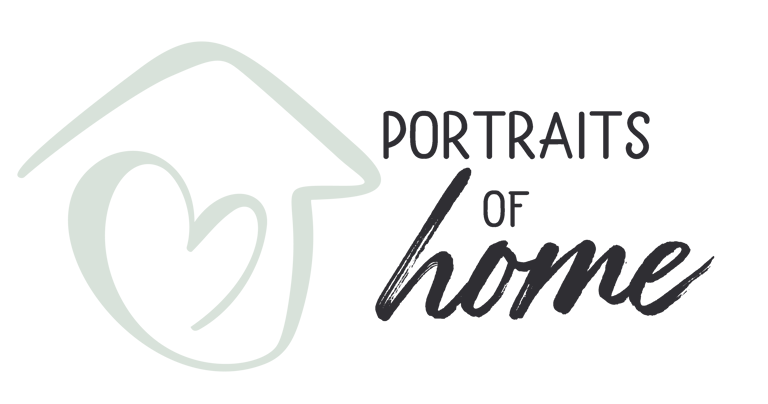The Art of House Portraits
A Glimpse into History, Significance, and Evolution
2 min read


The Art of House Portraits: A Glimpse into History, Significance, and Evolution
House portraits, a form of art that immortalizes homes, hold a special place in the world of creative expression. Throughout history, they have evolved in both style and significance, reflecting the architectural and societal changes of their respective eras. In this blog post, we'll delve into the captivating history and enduring significance of house portraits, exploring how they have transformed over the years.
The Historical Roots of House Portraits:
House portraits, also known as architectural illustrations or house renderings, have a rich history dating back centuries. They can be traced to the emergence of skilled artists and architects who sought to document and celebrate significant buildings, both domestic and public.
16th to 18th Century: During this period, hand-drawn and painted house portraits were often commissioned by affluent homeowners and aristocrats to commemorate their stately residences. These artworks served as status symbols and were usually rendered in detailed, realistic styles.
19th Century: With the advent of lithography and later, photography, house portraits became more accessible to the middle class. Photography allowed for quicker and more affordable house portraits, making them a popular choice for commemorating family homes.
20th Century: The 20th century saw a diversification of styles and techniques. Artists began experimenting with various mediums, including watercolors, pen and ink, and even digital art. House portraits became more personalized, capturing not just the physical structure but also the character and history of the home.
The Significance of House Portraits:
The enduring significance of house portraits lies in their ability to capture the spirit and memories associated with a place. Here are some key reasons why these artworks have remained important:
Nostalgia: House portraits evoke nostalgia and sentimental feelings. They represent the setting of cherished memories and life's milestones.
Archival Value: House portraits serve as historical records, preserving the architectural and cultural history of a place.
Personalization: They can be customized to reflect the unique character of a home and the tastes of the owner, making them highly personal and meaningful.
Gifts and Celebrations: House portraits are often gifted to commemorate special occasions such as weddings, anniversaries, and housewarmings, adding a touch of artistry to these events.
The Evolution of House Portraits:
House portraits have evolved in style and medium over time, adapting to changing artistic trends and technologies:
Traditional Realism: The early house portraits were characterized by a focus on realism and attention to architectural details.
Contemporary Styles: Modern house portraits can range from highly detailed, realistic depictions to more abstract, impressionistic interpretations.
Digital Art: With advancements in technology, digital house portraits have become popular. They offer a unique blend of tradition and innovation.
Mixed Media: Some artists combine various mediums, blending watercolors with pen and ink or adding digital elements to traditional paintings.
In conclusion, house portraits are a fascinating form of artistic expression that have stood the test of time. They celebrate the beauty and significance of homes while adapting to the changing preferences and tools of the artists who create them. Whether you appreciate the historical depth, personal connection, or artistic versatility, house portraits continue to hold their special place in the world of art and personal expression.
Subscribe to my newsletter
Pixels and Paint, PO Box 238, St Clair, NSW, 2759
ABN: 224 900 586 02
